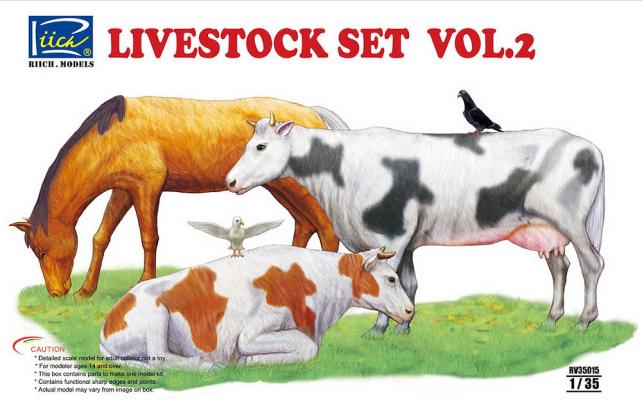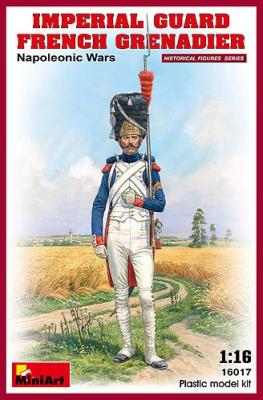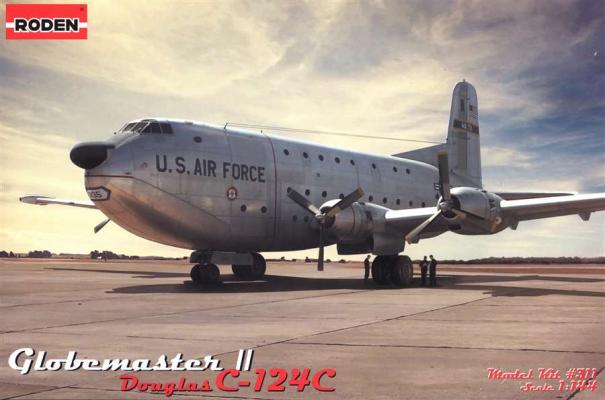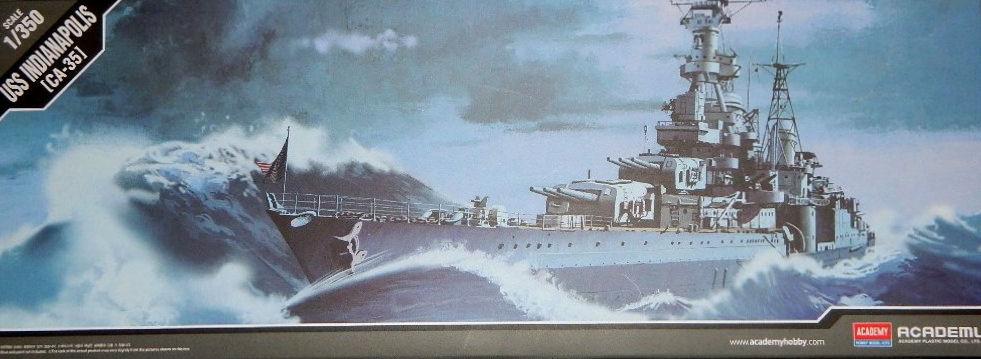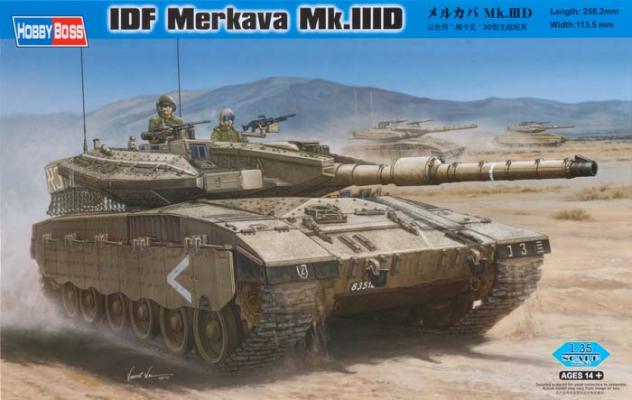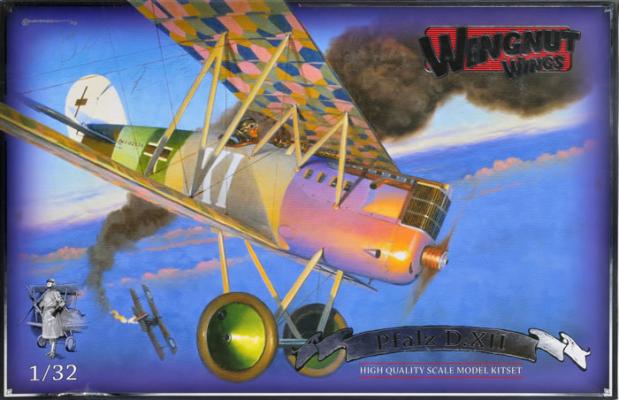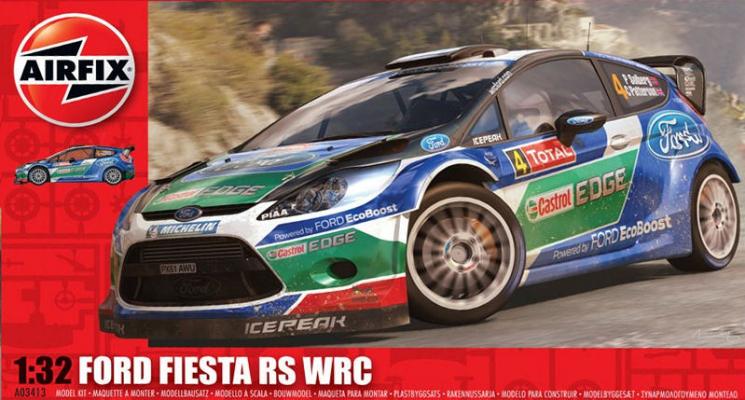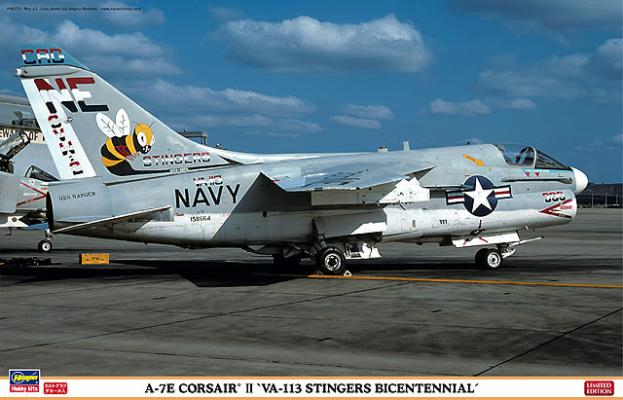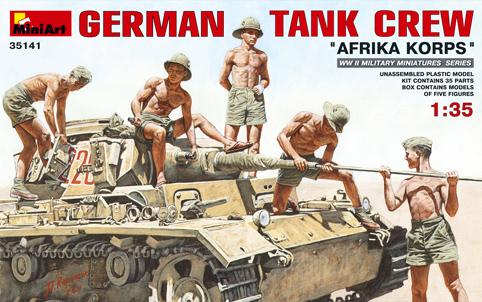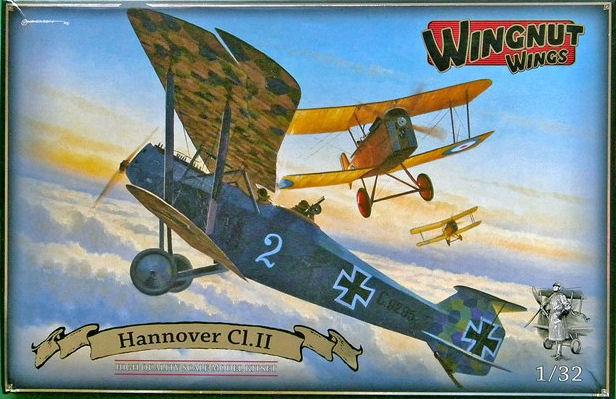A relative newcomer to the model world, Riich Models has given us some little jewels in armor, ships, and aircraft. Their latest effort, Livestock Set, Vol. 2, will provide some useful animal figures to liven up dioramas of all periods. Included are a grazing horse, two cows, and two birds which look like pigeons. All armies of World War II used horses to varying degrees, and civilians commonly used horses everywhere. The cows would most likely be found in rural scenes; I’m guessing many modelers will use these in a Normandy diorama. The pigeons can be used anywhere, perched in a tree or on a telephone wire. Don’t forget that pigeons were used for carrying messages, even by U.S. troops (who often carried the birds in captured German gas mask canisters).
What's New
MiniArt has released several figure kits in 1/16th, giving us a wide range of ancients, medievals, and Napoleonic figures for our building pleasure. This figure represents one of Napoleon’s own Grenadier Guards, his Old Guard, which were his bodyguards both on and off the battlefield. Napoleon took a personal interest in these men, ensuring they were better paid and equipped than the average French soldier. It was not simple to get into the Old Guard – there were height requirements, the men had to be able to read and write, and they had to be veterans with combat experience. The figure is in the Full Dress Uniform, which includes white leggings and gloves, and tall red plume on the bearskin cap, so it had to be finished clean, with no “battle wear”. I had a great reference in the Osprey Men-At-Arms book, Napoleon’s Guard Infantry (1), by Philip Haythornthwaite.
The Aircraft
The C-124 Globemaster II was the ultimate piston-powered cargo aircraft. The C-124 entered service in 1950, just in time for the Korean War. Based on the C-74 Globemaster, which first flew just after VJ day, the C-124 used the same wing as the C-74, but the fuselage was enlarged so the C-124 could carry 10 tons more cargo than the C-74.
Based on lessons learned in the Berlin Airlift, the 124 featured clamshell nose doors which allowed drive-in loading of vehicles. Until the advent of the turboprop C-133 in 1957, the C-124 was the only US transport capable of carrying tanks and large trucks.
The C-124 remained in service with the ANG until 1974, the last ones retiring from the 165th Airlift Wing of the Georgia ANG.
Once again, sincere to thanks Akiko at MRC for providing IPMS USA and this fortunate reviewer the opportunity to build and comment on a new kit… This was “a most excellent effort” and we appreciate it. (And thanks to Steve and Dick for sending the kit my way…hope I did it justice)
This was a kit that I did not expect to do a review on; I was going to spend the cash and just chill on the build until I could collect all the requisite PE sets and all that nonsense, and then have an AMS fit for about a month. “We can’t have no’ut that!” cried the elves…and when I threw my hat in the ring to review the kit, I was surprised. My criteria: if nobody else volunteered to do it, I would. Now, I know ships take a lot more time than a snap kit. But the USS Indy? Whoa! A famous cruiser worthy of the effort.
Background
Merkava, or “Chariot,” has been at the foundation of the Israeli Defense Force main battle tank corps since its introduction into active service in 1979. Now in its fourth generation, the platform has seen extensive use since its baptism of fire in the 1982 Lebanon War. The subject of this kit is the latest and final third-generation variant, the Mark IIID, featuring removable modular composite armor and upgraded and strengthened tracks.
History
The Pfalz D.XII was a German World War I fighter aircraft built by Pfalz Flugzeugwerke. Designed by Rudolph Gehringer as a successor to the Pfalz D.III, the D.XII entered service near the end of the First World War. It was the last aircraft by Pfalz Flugzeugwerke to see widespread service. Though the D.XII was an effective fighter aircraft during the war, it was overshadowed by the highly successful Fokker D.VII.
The D.XII began reaching the Jagdstaffeln in July, 1918. Most units operated the D.XII alongside other fighter types, but units in the quiet front area were completely equipped with the D.XII. While the D.XII was a marked improvement over the obsolescent Albatros D.Va and Pfalz D.IIIa, it nevertheless found little favor with German pilots, who strongly preferred the Fokker D.VII.
I must admit to being a huge WRC (World Rally Championship) fan. Like the Formula 1 World Series, the WRC races take place in different countries around the world each season. Races alternate between various surfaces: tarmac, gravel, dirt, snow/ice, and often multiple surfaces within the same race. The racers consist of two person crews, driver and navigator/co-driver, representing either a “works” team or being an “independent”. With the occasional exception, the top three finishers in each race come from the “works” teams, as due to the big money behind such teams, they are able to afford the most advanced cars, the top driver talent, and the highly trained and disciplined mechanics necessary to sustain a car over the course of an individual race and the entire season. For the past many years, the Big Guns have been Subaru, Citroen, and Ford.
History
The Ling-Temco-Vought A-7 Corsair II is a carrier-capable subsonic light attack aircraft introduced to replace the Douglas A-4 Skyhawk. The A-7 was one of the first combat aircraft to feature a head-up display (HUD), an inertial navigation system (INS), and a turbofan engine.
This set consists of five figures all conducting some basic tank maintenance. The figures come on two sprues with 35 parts. The box art and instructions on the back of the box show the figures as completed. The first figure is a commander watching the others work, the second is either entering or exiting the right side turret hatch, the third is running the barrel cleaner up the barrel, the fourth appears to be cleaning the turret machine gun, and the last is helping guide the barrel cleaner into the barrel. The poses are well done and depict a reasonable amount of action.
In 1917, the Deutsche Luftstreitkräfte issued an official requirement for a high performance, two-seat fighter needed primarily for low-level tactical support of ground troops, and that also would be capable of serving as a two-seat escort fighter for reconnaissance aircraft. Hannoversche Waggonfabrik AG responded with a novel design for a lightweight multi-purpose aircraft that eventually became known as the CL.II. The company was a respected manufacturer of railway wagons that had secured licenses after the war began to build aircraft for Aviatik, Halberstadt, and Rumpler. The CL.II was their first indigenous design and one that had a distinctive appearance when compared to its contemporaries. It proved to be a success in multiple rolls, not the least of which was outmaneuvering and besting some RFC fighters that it battled.

